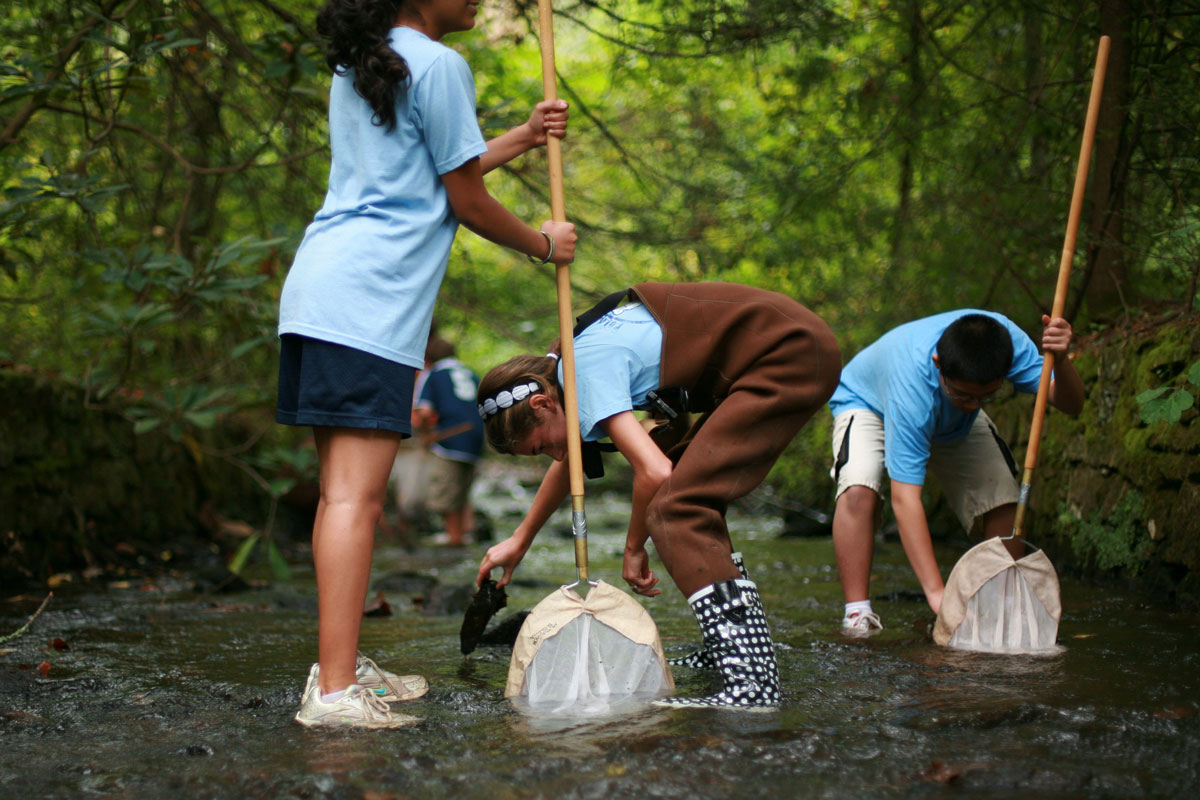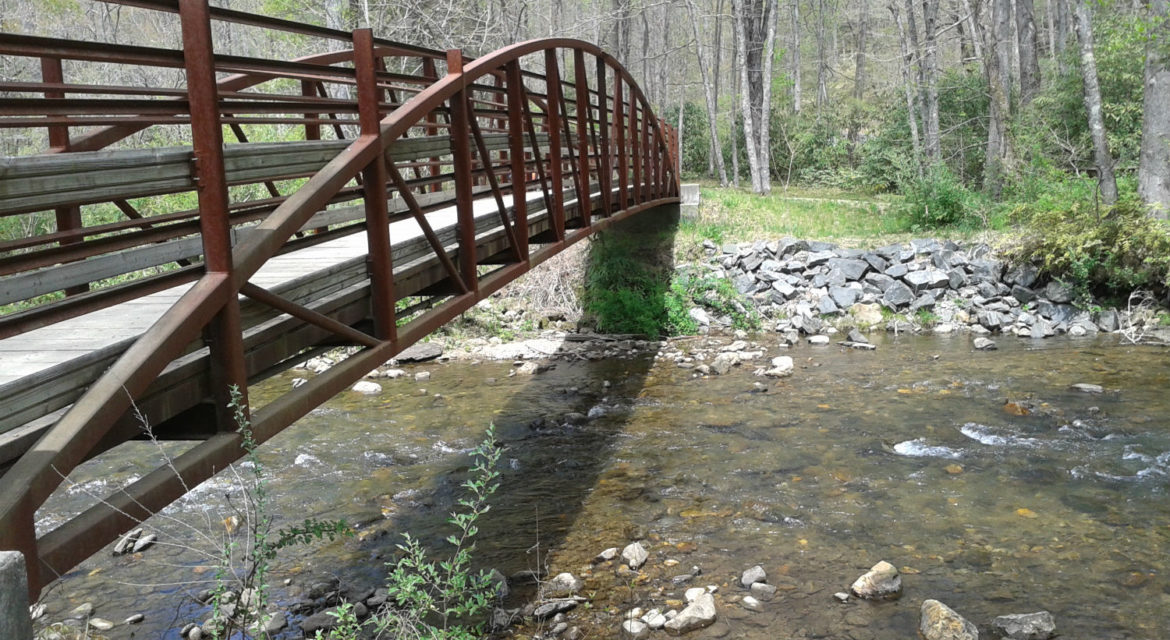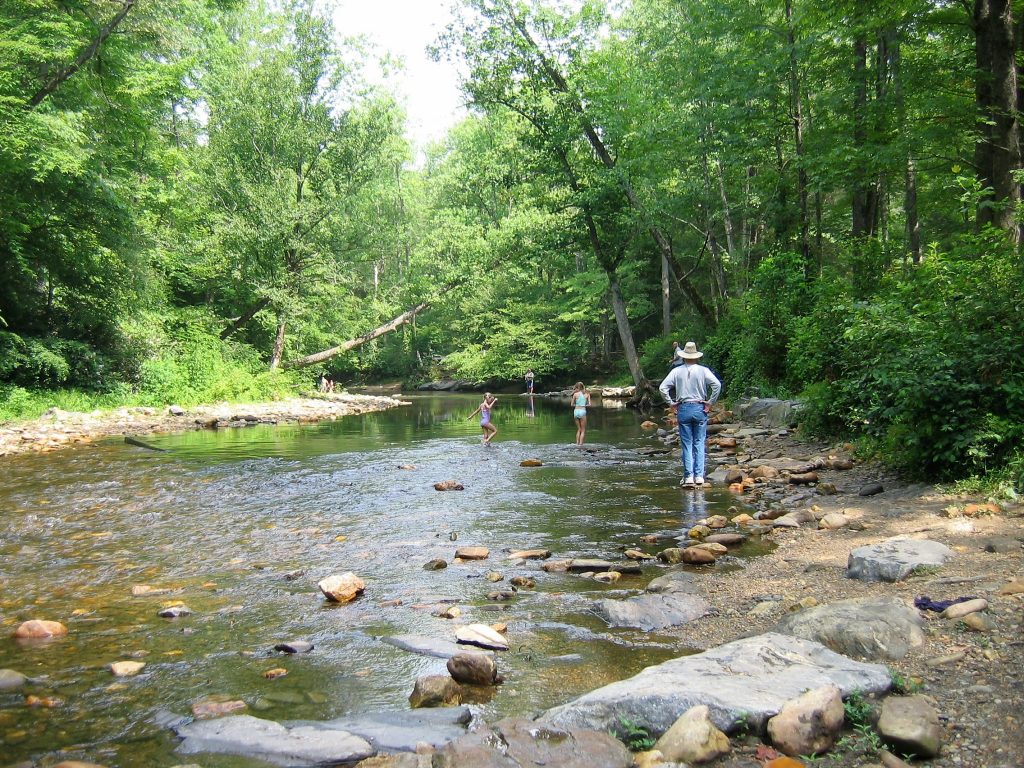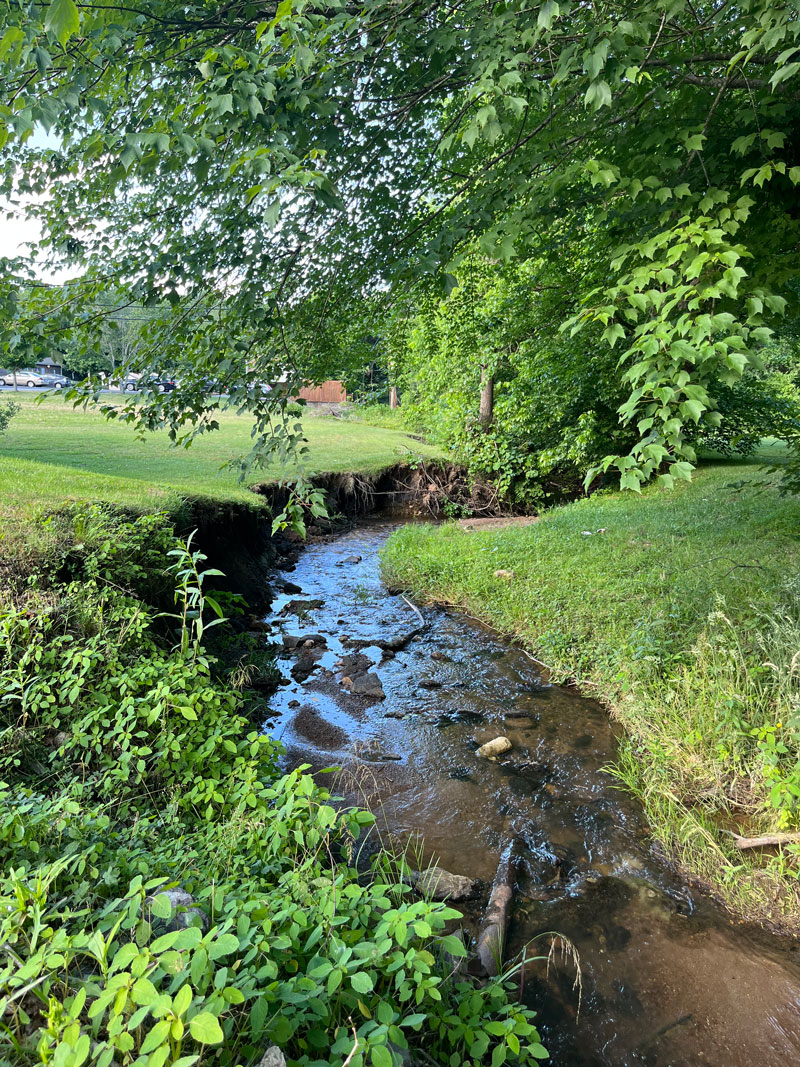
Looking for some fun outdoor activities to do with the family this spring? You don’t have to go very far for an engaging and educational opportunity for you and the kids. Head on down to your local stream where you can explore the hidden life that lies just beneath the surface, in particular, you’re looking for small insects that we call macroinvertebrates.
Macroinvertebrate stream sampling is a great way to introduce children to the natural world and engage them in scientific exploration. Macroinvertebrates are small aquatic organisms, such as insects and crustaceans, that can be found in streams and other bodies of water. By collecting and identifying these organisms, families can learn about the health of the stream and the broader ecosystem it supports. Sampling techniques can vary, but typically involve using nets or other tools to collect macroinvertebrates from the stream bed. After collection, your family can work together to identify the different species you’ve found and learn about their unique characteristics and habitats. This can be a fun and educational activity for all ages, and can help instill a sense of stewardship and appreciation for the natural world.
Step 1: Equipment
Before sampling macroinvertebrates, you will need to gather the necessary equipment. This includes:
- A kick net or a D-net
- A bucket
- A field guide or key to identify macroinvertebrates
- Tweezers
- A magnifying glass
Step 2: Site Selection
The next step is to select a site for sampling. Look for a shallow area of the stream with a rocky or sandy bottom. Avoid areas with too much vegetation or too much sediment. You’ll also want to avoid deep pools which are better habitats for fish.



Step 3: Collecting Samples
To collect samples, place the kick net or D-net downstream from where you are standing. Then, kick the rocks and sand upstream to dislodge the macroinvertebrates, which will be swept into the net. Once you have collected a sufficient sample, transfer the contents of the net into the bucket. You can also flip over rocks to find the critters clinging to the bottom, just make sure to put the rocks back where you found them.
Step 4: Sorting Samples
Once you have collected your samples, you will need to sort them. Pour the contents of the bucket onto a white tray and use tweezers to separate the macroinvertebrates from any debris or sediment.
Step 5: Identifying Macroinvertebrates
Identifying macroinvertebrates can be challenging, but it is an important step in understanding the health of freshwater ecosystems. Use a field guide or key to identify each macroinvertebrate. You may need a magnifying glass or microscope to see the finer details.
Step 6: Recording Data
Finally, record your data. Take note of the number and species of macroinvertebrates you found, as well as the location and date of the sampling.
Sampling macroinvertebrates in freshwater streams can provide valuable information about the health of freshwater ecosystems. With the right equipment and techniques, anyone can collect and identify macroinvertebrates. Remember to always be respectful of the environment and follow any guidelines or regulations for sampling in your area.
